We have to stop "carbon lock-in" now, and that means stopping Doug Ford from paving the Greenbelt
We are stuck with him for four more years, but we are stuck with his decisions for probably 40 years.
You have seen this photo before; almost every article on suburban development uses it because it is in Wikipedia, it’s free, and it’s awful, showing treeless car-dependent suburban sprawl in Markham, Ontario, a “city” north of Toronto. We will see a lot more of this as Doug Ford, the Premier of Ontario, chips away at the protected Greenbelt surrounding Toronto to help his developer buddies make $8.3 billion and open up protected farmland and wetland for more low-density sprawl.
This kind of development is incredibly inefficient, releasing vast upfront carbon emissions from building the roads and the concrete basements underneath a house serving just one family. But it also “locks in” operating emissions for decades, with every house having its own gas-fired furnace and water heater and likely two or three gas-powered automobiles in the garage and driveway.
Real estate development in Ontario comes in two forms which planner Ken Greenberg defined as “tall and sprawl.” As the province grows, we get bunches of 60-storey concrete and glass towers surrounded by fields of single-family houses, connected by new concrete highways and, in the city, concrete tubes for underutilized subways because Doug Ford doesn’t like surface transit; it gets in the way of cars. From an upfront carbon perspective, tall and sprawl are the two worst forms of housing development. They are also the worst when it comes to the problem of “carbon lock-in” as defined in a paper by Peter Erickson, Michael Lazarus and Kevin Tempest:
“Carbon lock-in is an example of the phenomenon of path dependence—'the tendency for past decisions and events to self-reinforce, thereby diminishing and possibly excluding the prospects for alternatives to emerge...Specifically, carbon lock-in refers to the dynamic whereby prior decisions relating to GHG-emitting technologies, infrastructure, practices, and their supporting networks constrain future paths, making it more challenging, even impossible, to subsequently pursue more optimal paths toward low-carbon objectives.”
Gas has been much cheaper than electricity in Ontario, which is why in 2015, during my "green" renovation, I got a fancy expensive Laars boiler to heat my house in Toronto. Today I can get a heat pump to do the job, but they are expensive, so I am suffering from a severe case of carbon lock-in.
Doug Ford loves gas, so much that he is spending a quarter of a billion bucks to pipe it into rural Ontario, saying in a press release in 2021 that “We’re making good on our promise to deliver affordable energy and expand natural gas pipelines to more communities, while at the same time improving economic development and creating thousands of new jobs.” This is still happening, even though it works out to a subsidy of $26,000 per customer, and that’s more than enough money to insulate and heatpumpify. Instead, we get more carbon lock-in, keeping his fossil fuel friends in business for decades to come.
When Doug Ford was elected, he immediately cancelled 758 renewable energy projects, costing yet more millions in settlements and lawsuits. Now, five years later, he is buying more gas-powered peaker plants to make up for the coming electricity shortfall. That’s a lot of lock-in for at least another 30 years.
Doug Ford is also building major new highway projects, including Highway 413, which runs smack into the greenbelt and agricultural lands, which will no doubt spark massive sprawl development and encourage the use of what is probably the worst carbon lock-in problem, internal combustion engine (ICE) cars and trucks, that will all be around for 20 years.
It is a mystery to me why Doug Ford recently got reëlected with an even bigger majority; there were, as the cartoon notes, many big signs of corruption and stupidity, and now we have him for another four years. Unfortunately, the carbon lock-in from the decisions he has made will last for at least another forty years. If we cared about our future, we would be doing everything we can right now to avoid more carbon lock-in:
Right now, we should build every new house and apartment to Passivhaus standards to lock in carbon savings; heat pumps alone won’t save us.
Right now, we should ban gas hookups and electrify everything. Heat pumps make this easier.
Right now, we should stop low-density sprawl, where we are locking in the need for cars to get anywhere. But we have to also stop building so tall; these buildings are incredibly inefficient at everything except making developers rich. (I always propose the Goldilocks density, somewhere in between)
Right now, we should make a massive investment in alternatives to cars, including suburban transit and bike lane infrastructure, so that we don’t need new $10 billion highways like 413.
Of course, this won’t happen because we are locked in to Doug Ford, who is locking us into a carbon disaster. This once again proves that the single most important thing we can do to reduce our carbon footprint is to vote the bums out.
But we all should be thinking about carbon lock-in in our personal lives, and how long the things we buy will be emitting greenhouse gases. Our transportation to our water-access cabin is by boat, pushed by a four-year-old four-stroke outboard. How long might this last? The Johnson 9.9 it replaced was 60 years old when we replaced it. We kept our last Subaru for 18 years; given how rarely we drive now, our 2016 Subaru might last as long. And then there is my boiler, good for another 10 at least. It is going to cost me a lot of money, not to mention upfront emissions, to get out of my carbon lock-in.
At the time I bought all of these, I didn’t have much choice. Now we do! There is no need to buy anything powered by gas or oil. The replacements are often better (hello, induction range!) and cheaper to operate and maintain (hello, e-bike!) We have options; that’s why whether you are voting with your wallet or for a politician, think about the carbon lock-in.
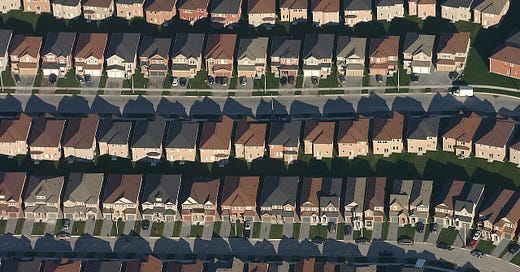




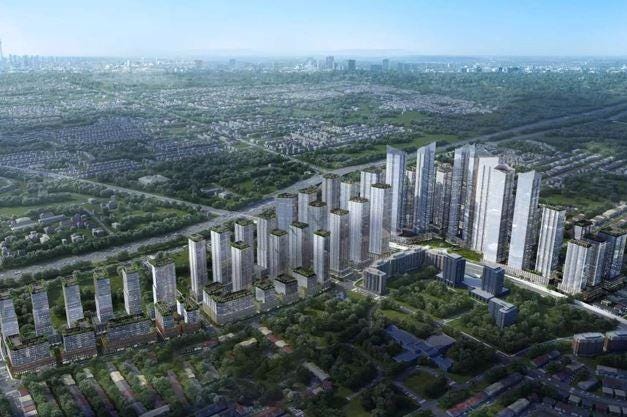
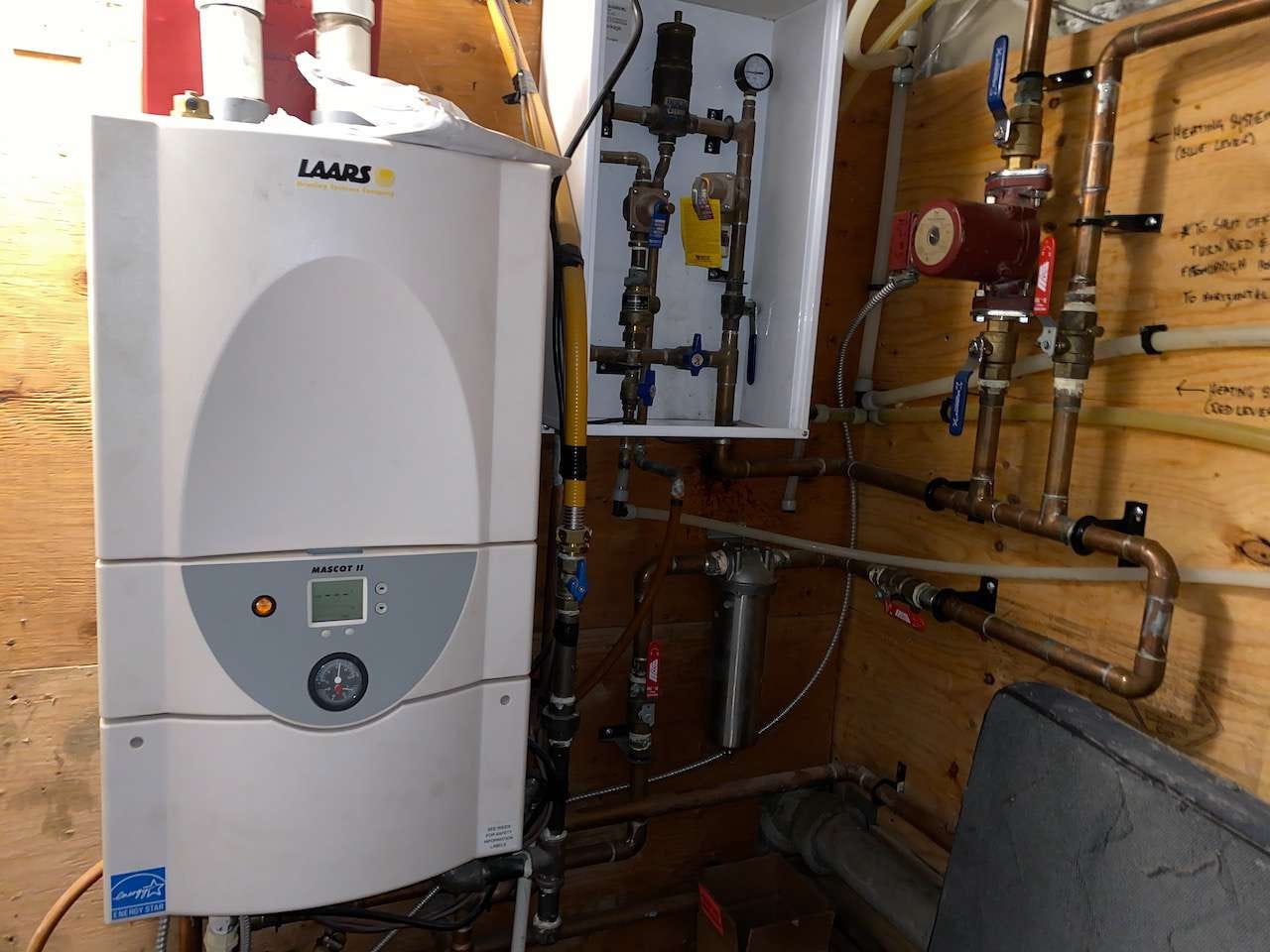
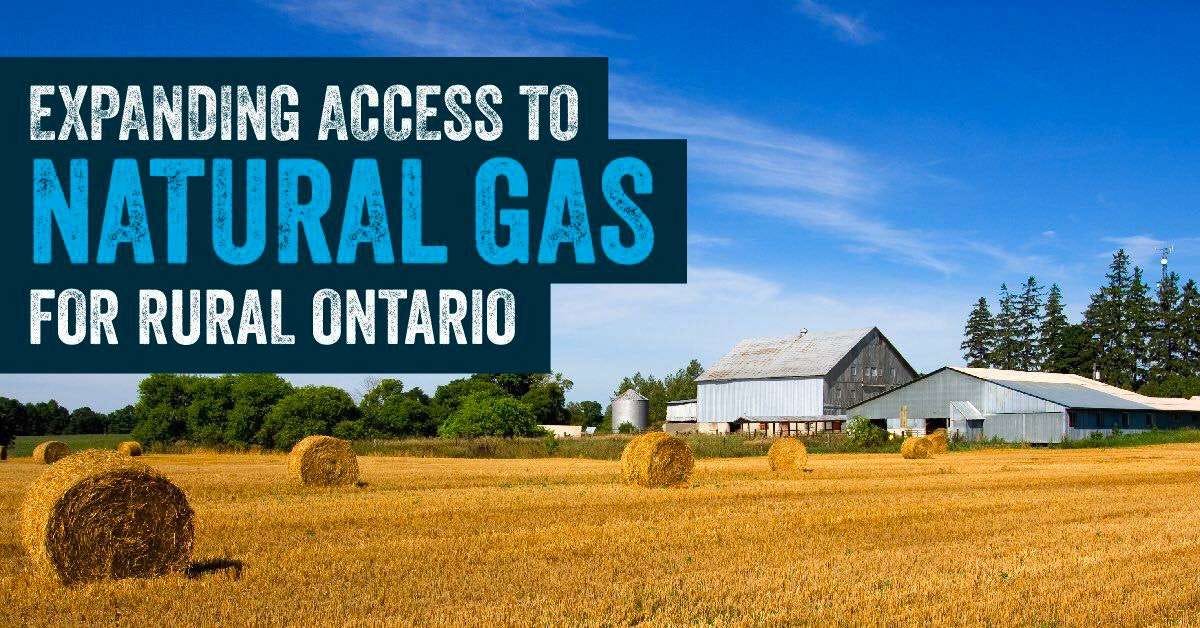
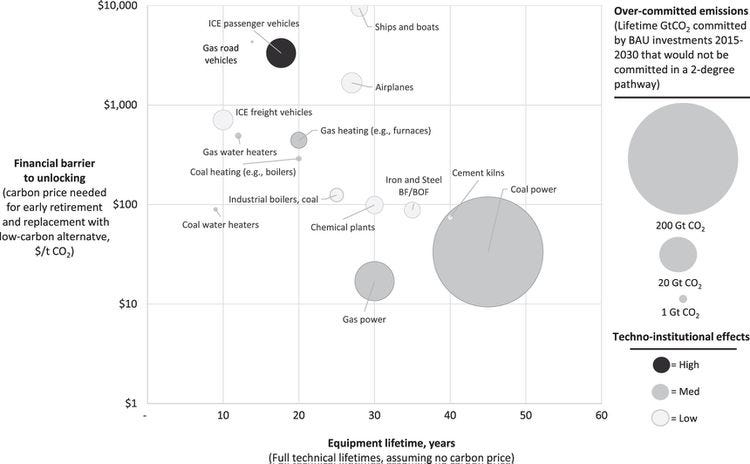
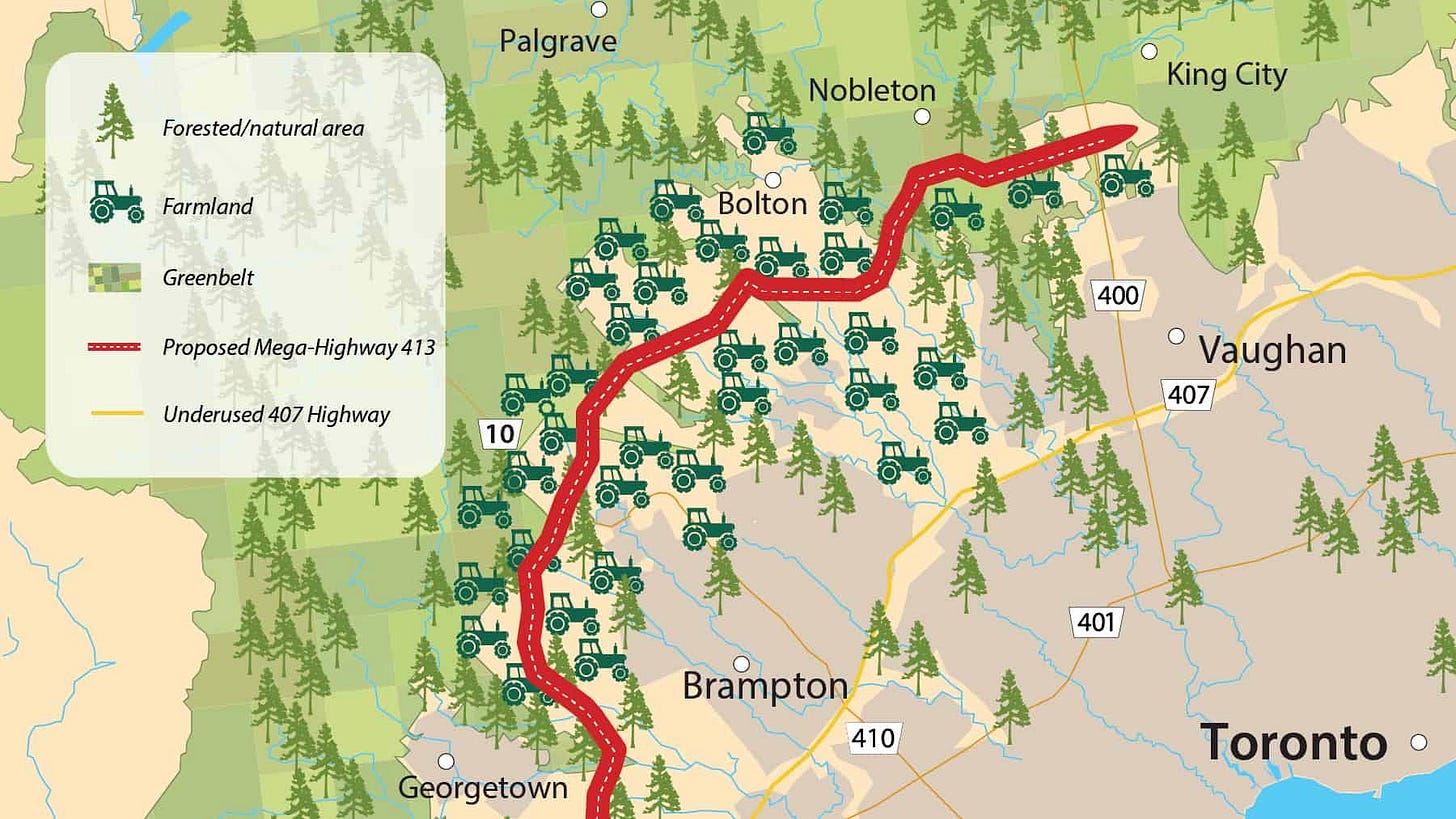
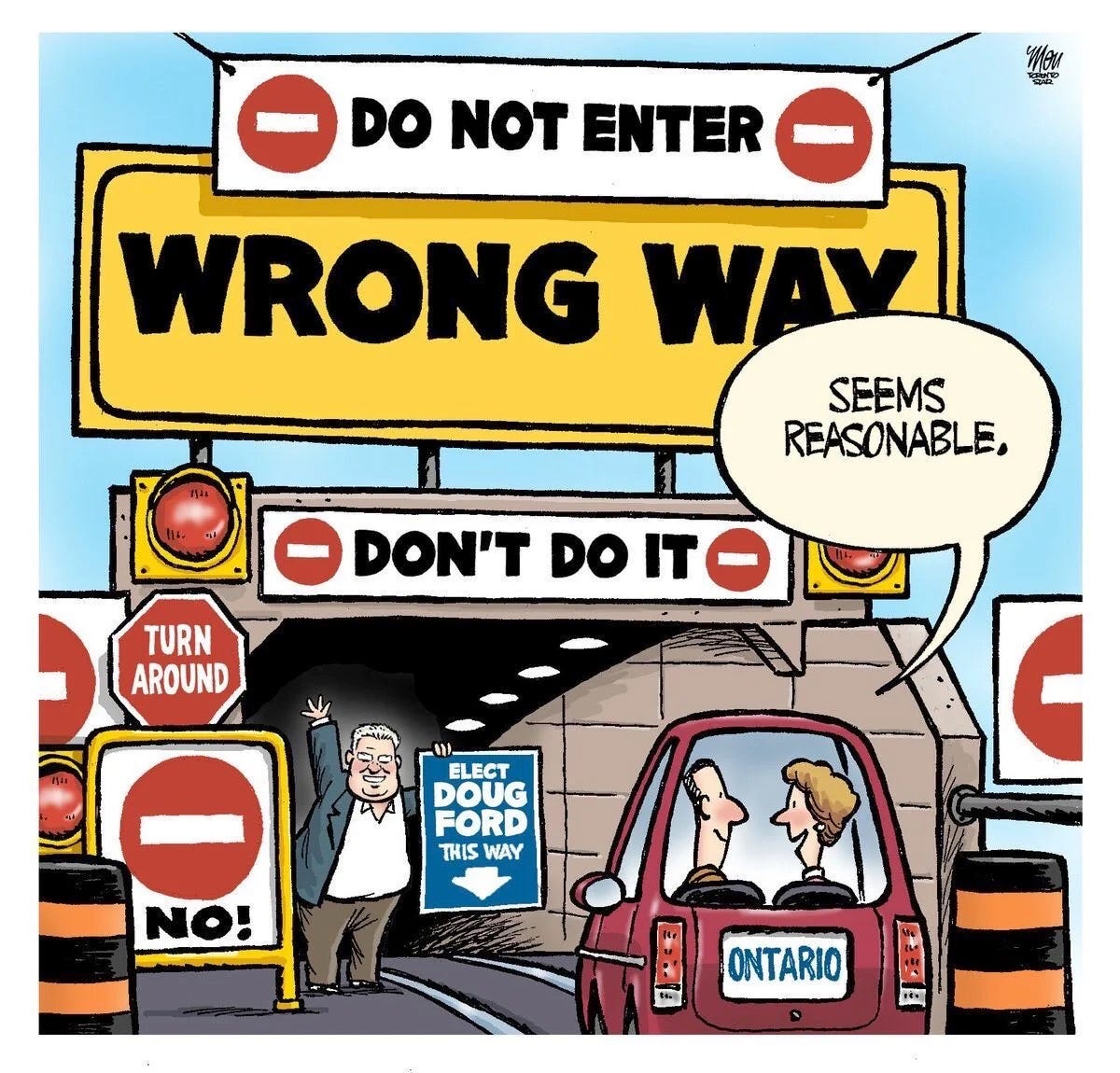
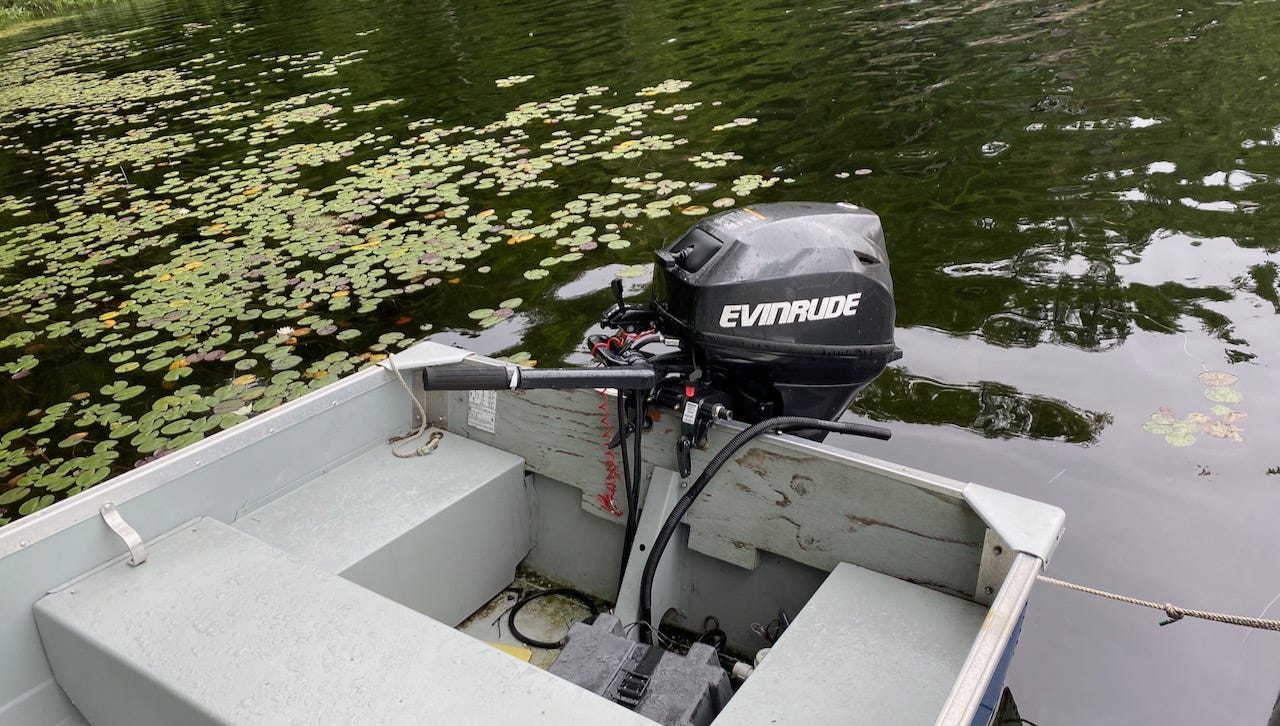
The idea of carbon lock-in is definitely something I think about and it's not just with new construction. When a gas tank-type water heater fails, it's much easier to replace it with another gas tank (it can often be done same day through Home Depot or Lowe's) than to look into an on-demand or electric heat pump water heater. Same with a gas furnace. Gas cooktop.
The public needs to be better informed about what options exist so they can advocate for better tech for the long term. Contractors and retailers should be helping in this education process. But there's a ton of momentum for sticking with the status quo, much to our detriment.
Unfortunately it's not a mystery why he got voted back in as Ontario remains a first-past-the-post electoral system. The conservatives won with 40% of the vote and a voter turnout of 43%....he and his party represent a very small portion of Ontarians.